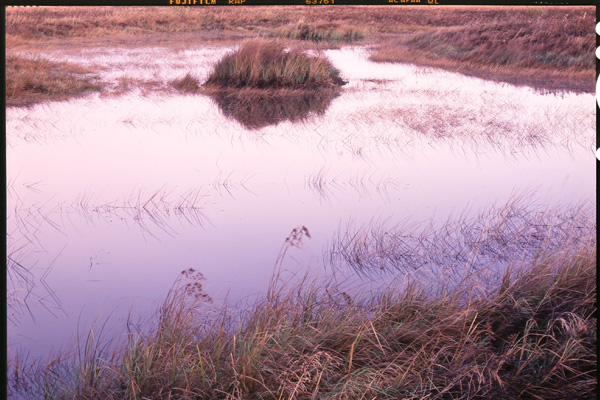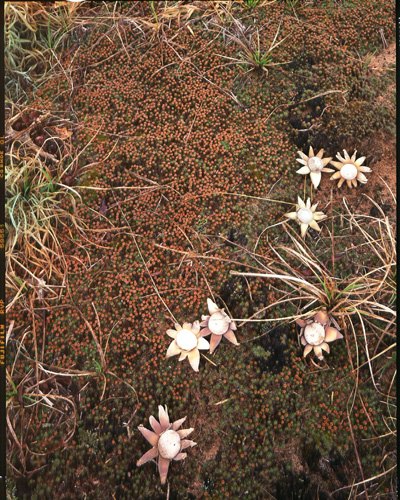Crex Meadows: From Carpets to Conservation
 The Crex large format project captures the spirit of Crex with singular images that give a new perspective to a land rich in many ways other than by axe and plow. Through a seasonal approach to the Crex Meadows region using landscape cameras, we share the wonder of the unique prairie and pine barren habitat, trees and plants – mammals, birds and insects – colors, shapes, and patterns – the life of Crex Meadows that few visitors ever know. The photographers have exhibited their work at the Crex Wildlife Education Center. The images will be combined into a book with complimentary writings to reveal the remarkable history of Crex Meadows.
The Crex large format project captures the spirit of Crex with singular images that give a new perspective to a land rich in many ways other than by axe and plow. Through a seasonal approach to the Crex Meadows region using landscape cameras, we share the wonder of the unique prairie and pine barren habitat, trees and plants – mammals, birds and insects – colors, shapes, and patterns – the life of Crex Meadows that few visitors ever know. The photographers have exhibited their work at the Crex Wildlife Education Center. The images will be combined into a book with complimentary writings to reveal the remarkable history of Crex Meadows.
 Earth Stars are curious things. They are nothing more than little mushrooms that pop open each summer to reveal dazzling little arms that make you stop and wonder. Pick one up and look at its design. The open arms spread to release the tiny mushroom spores that will drift with the winds across the prairie. Related to the puffballs, earthstars belong to a group of fungi called Gasteromycetes, which when literally translated from the Latin means "stomach fungi". The name comes from the fruiting bodies in the shape of a stomach-shaped sac that is filled with dry spores. A related family includes the Astraeaceae or "False Earthstars", which are used in traditional medicines to stop bleeding and have proteins that inhibit the growth of tumor cells.
Earth Stars are curious things. They are nothing more than little mushrooms that pop open each summer to reveal dazzling little arms that make you stop and wonder. Pick one up and look at its design. The open arms spread to release the tiny mushroom spores that will drift with the winds across the prairie. Related to the puffballs, earthstars belong to a group of fungi called Gasteromycetes, which when literally translated from the Latin means "stomach fungi". The name comes from the fruiting bodies in the shape of a stomach-shaped sac that is filled with dry spores. A related family includes the Astraeaceae or "False Earthstars", which are used in traditional medicines to stop bleeding and have proteins that inhibit the growth of tumor cells.
An earthstar's skin is made up of layers that allow the earthstar to do something no other fungus can do. Earthstars can move! From early June until September the rains cause a remarkable change in the earthstar - the outer layers of the mushroom split to form a "star" with rays or arms. The "arms" spread upwards with a force that pushes aside leaves and even small branches, raising the spore-filled sac above the prairie floor. Earthstar sacs open at the top. When a raindrop falls upon the open earthstar, it pushes in the sac wall, puffing spores up through the opening. After the spores are dispersed the sac breaks down, leaving only fragments attached to the rays. In these older mushrooms, the star-like arms remain open.
Join Living Fossil Foundation in learning more about and helping preserve the last of Wisconsin's native prairie and pine barrens habitat.

Crex prairie and pine barrens on film